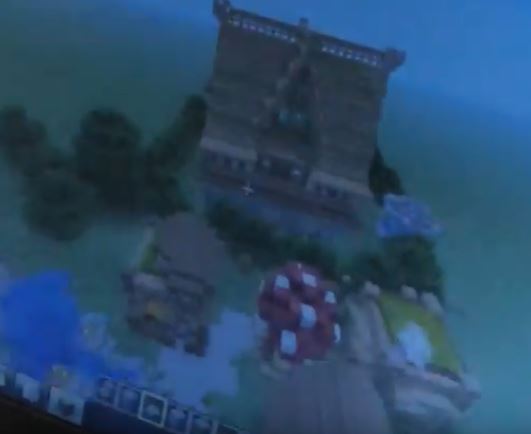This lesson is for : Grade 10,Grade 11,Grade 12:
Summary
Artists of the Impressionist movement embraced technology with excitement and passion, just like high school students do in my classroom. In this lesson, students research Impressionist paintings, looking for specific evidence of these artists’ love of fashion, industry, society and class, and modernity. They utilize this research to assume the identity of 5 Impressionist artists and post Instagram photos using stylistic and subject themes of each artist. Students transform Impressionist compositions into like-minded subject matter in their own lives. Sharing and commenting on each other’s photos in artist roles mimics the interconnectedness of the French Impressionists while embracing the technology of the 21st century.
TIPC Ratings
Research & Information Fluency
Rating: Ideal – Explanation:
- Students are using authentic research resources (Twitter, Internet search histories, apps and mobile devices, decisions about purchases) as well as traditional primary sources (paintings),scholarly criticism, and internet research to reach a complete analysis for their assignment.
- Students use the research to critically investigate the art of several artists, using their gained knowledge to make decisions throughout the process of this lesson.
- Research directly affects the end result of student work and it provides learning that cannot exist in a lecture-type environment.
Communication & Collaboration
Rating: Ideal – Explanation:
- One of the major themes of this lesson is to illustrate the collaborative environment of the Impressionist time period. Artists were creating, sharing, and critiquing each other constantly, creating a community together. This is happening again in the 21st century! Students work in pairs to research and create, and then share with the wider community of classmates. They work together as a class to create a shared vision.
- Ultimately, students also understand the concept of diffusion of ideas: viewers on Instagram might not understand the ideas behind students’ shared work, but artwork must be valid enough to reach all viewers.
- Peer assessment will provide another level of collaboration and communication. Collaboration occurs every day on Instagram; this project just harnesses that energy. The processes of collaboration that the students go through relates directly with the innovative practices of the Impressionists in the 19th century.
Critical Thinking & Problem Solving
Rating: Ideal – Explanation:
- The lesson involves many opportunities for students to translate educational objectives into authentic tasks.
- Students must research both themselves and a group of artists to come up with conclusions.
- Students use a variety of internet and digital tools to analyze themselves; an exercise in metacognition.
- Students must then manipulate and transform their visual and traditional research into visual terms and into their own artistic responses. They will compare their images with other classmates and make critical decisions about their own work.
- Creating art utilizes thinking skills that research does not because art combines both analytical and emotional intelligences. Research-based art-making is a process that allows students to think both with their practical and imaginative selves and it creates a sense of ownership that traditional assessment cannot.
Creativity & Innovation
Rating: Ideal – Explanation:
- The Impressionists and this project are the very essence of innovation! Posting on Instagram creates academic risk, it creates resilience and bravery because students show their work in a public forum.
- Students are asked to create their own responses to the art that they study, transferring analytical skills into creative ones.
- Students use Instagram, an App that they are familiar with, which allows them to compare it to the use of cameras by the Impressionists.
- Students can see that innovation in the 19th century leads eventually to innovation in the 21st century. Artists are innovators. Throughout history, they have led the rest of humanity into uncharted territory with grit and self-confidence. These are both attributes of innovation that students don’t often get to use.
- Students in my AP class do not have much of an outlet for their creative endeavours. Their creativity is not valued as much as their ability to pick the right answer. This lesson provides them with an outlet for creativity and innovation because there are multiple solutions to this artistic and scholastic problem.






